How Does Damian Lillard’s Defense Impact the Blazers’ Ceiling?
The Portland Trail Blazers’ greatest achievement last season was building a formidable defensive identity. It wasn’t very long ago that the Blazers were among the worst defensive teams in the NBA, but by the end of last season, Portland played like a top 10 defense. In fact, during the second half of the regular season, the Blazers ranked third in defensive rating. Yes, you can take that with a few grains of salt; opponents matter and clearly some players on other teams were more interested in booking resort reservations than playing the Blazers in April. Plus, there was some opponent three-point variance help at play.
Still, defensive improvement has been undeniable. Swap out the defensively indifferent Anfernee Simons for defensive stalwart Jrue Holiday and maybe the Blazers dial up the pressure even more.
Needle scratch. Into this mix the Blazers throw in Damian Lillard coming off an Achilles injury. Lillard is many things, most of them tremendously awesome. His defense is not one of those things. Just looking at individual defensive rating, admittedly an imperfect metric, Lillard ranked 129th last season. To put that in some perspective, 15 players who played for the Blazers last season had a better defensive rating than Lillard.
Henry Abbott of TrueHoop (subscription required) asks the question that’s perhaps getting lost in the euphoria of Lillard’s return: Can you win when your biggest star is a bad defender? Abbott doesn’t pull any punches about Lillard’s defending:
He was a terrible, apathetic defender even in his athletic prime. Over Dame’s last three seasons in Portland, the Blazers were 29th, 30th, and 27th in team defense. On video and in advanced stats you could see Lillard had plenty to do with that. Then Lillard went to Milwaukee, where the Bucks had the league’s fourth-best defense before Dame, and immediately sunk to 19th-ranked defense in his first year, and then 12th the second. The Bucks bought him out in part because he tore his Achilles, but also because there was no reason to believe the Bucks could win a title after his return.
Abbott makes the argument that in today’s NBA a bad defender with high usage simply can’t be covered for if you want to make a serious championship challenge. He cites the examples of Steve Nash, Allen Iverson, Trae Young, Jalen Brunson, Devin Booker, Collin Sexton, and of course Lillard, and totals up the rings won by this group of wizards on the offensive end: zero. Shai Gilgeous-Alexander can score nearly at will, but can also lock down on defense. He has a title, and you’d be a fool to bet against him winning more.
Anfernee Simons gets some attention from Abbott too, and as Lillard’s protege, by extension, Abbott criticizes Lillard.
Anfernee Simons is a dunk champion who, through hard work, turned himself into an elite shooter. He hit 13 straight NBA 3s. He’s a wonderful and graceful offensive force, and is evidently executing a plan to add to his game. Free-throw percentage is in some ways the NBA’s purest measure of work. Simons and Lillard were two of the league’s four total players who shot better than 90 percent last season.
So we know Simons had a plan and worked at it.
But, amazingly, for seven years, Simons’ plan has not included defense.
Abbott has high praise for Blazers head coach Chauncey Billups though, giving him credit for laying down the law when it comes to defensive effort.
With his job very much on the line, Chauncey Billups had meetings with Henderson and Sharpe that Terry Stotts never quite pulled off with Lillard and Simons: fight on defense, or don’t play. (“Billups played a collection of film clips in which Henderson was torched on defense,” Jason Quick writes in the Athletic. “‘This is unacceptable,’ Billups remembers telling Henderson. ‘This is so bad … at this point, you aren’t even competing!’”)
Real coaching, at both ends, changed everything.
The question this all raises is how Lillard will impact the defensive mindset of the Blazers, and by extension the ceiling of a team that is on the rise. Abbott makes the argument that Lillard wasn’t brought in to rehab and then ride out the rest of his career as a player who contributes somewhat on the margins; he’s immediately the leader, star, and focal point of the team the second he steps back on the court. That bodes ominously for the defensive identity that Billups has worked so hard to implement, according to Abbott.
It’s not impossible that things could play out that way. If we’re being realistic, it’s not hard to imagine a team in the fall of 2026 with Damian Lillard starting at the point, raining down threes, while on the other end elite backcourt players blow by him like a traffic cone. One step forward and two steps back. However, that future isn’t inevitable. The fall of 2026 is a long time away. The other Blazers will be painting a picture long before Lillard steps on the court, continuing to build an identity not impacted by Lillard’s defensive capabilities. The team that Lillard eventually contributes to is not set in stone, and it’s impossible to say exactly what role he will play. Abbott clearly states the danger though. If the Blazers are serious about building a contender, Damian Lillard in a starring role could mean a ceiling far lower than seriously contending.
Share this content:
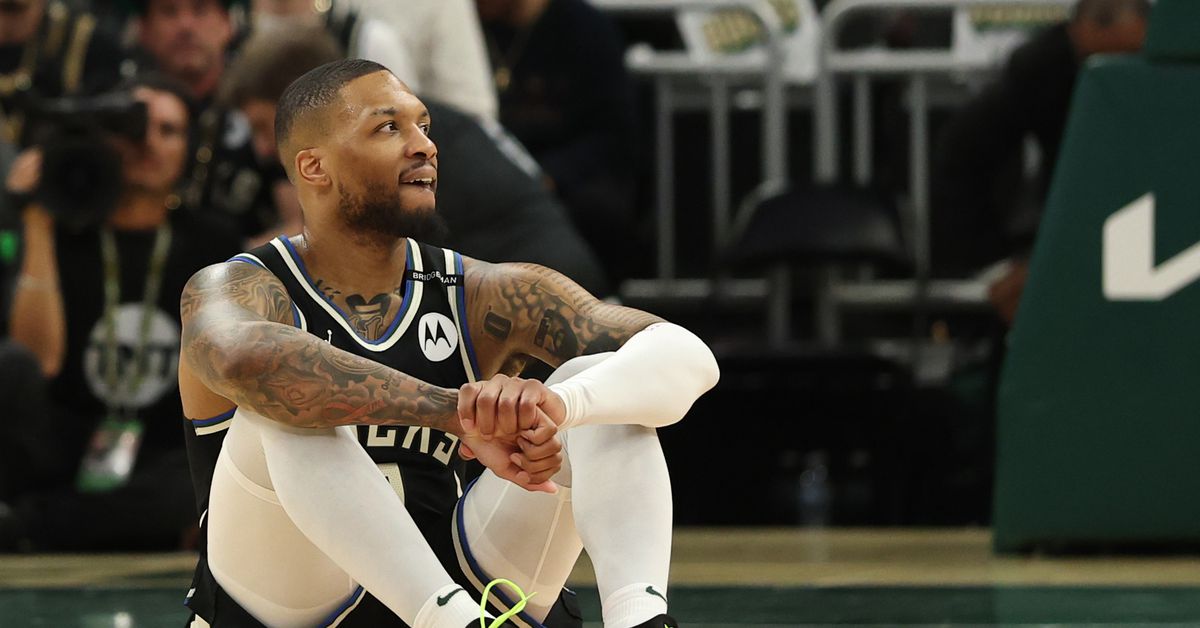


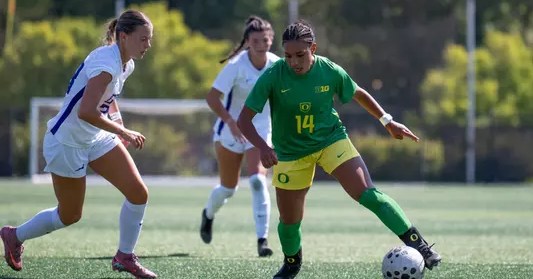
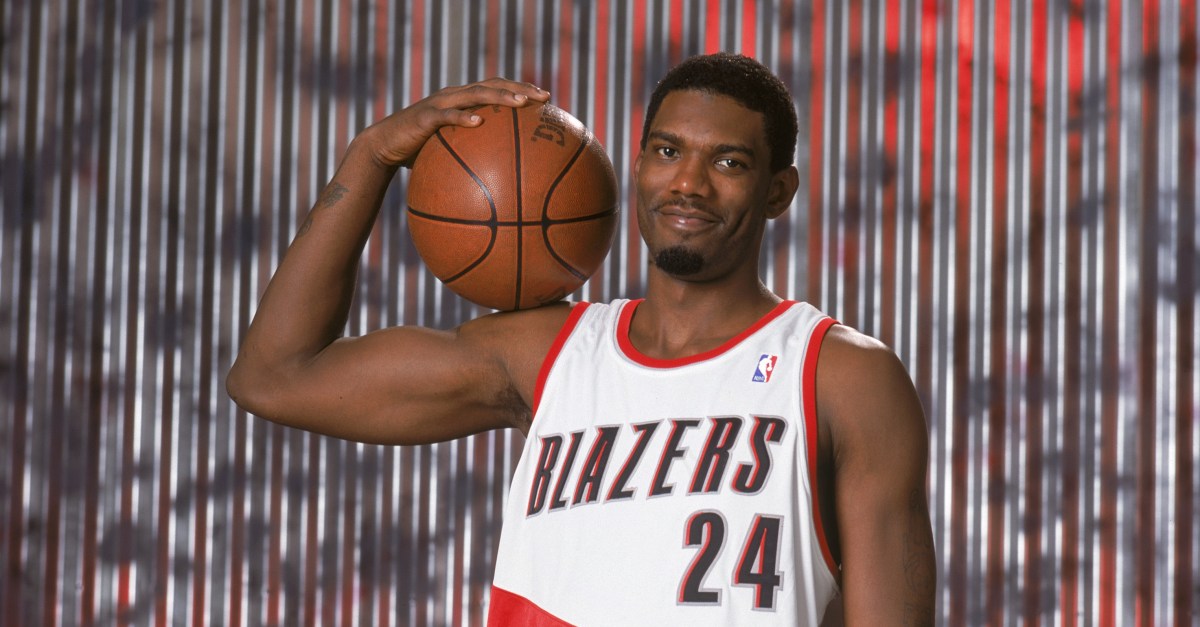

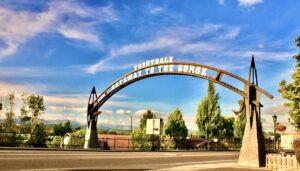
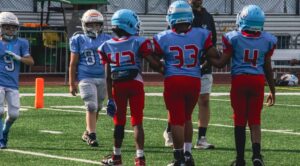
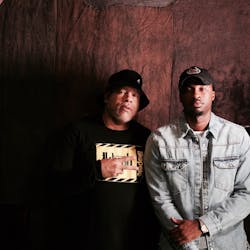

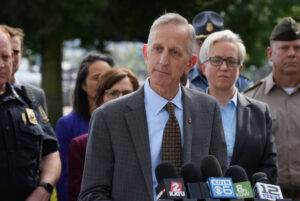
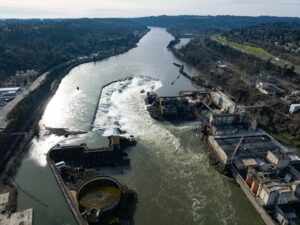
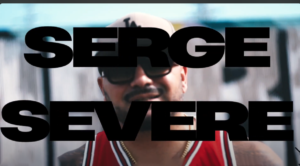


Post Comment